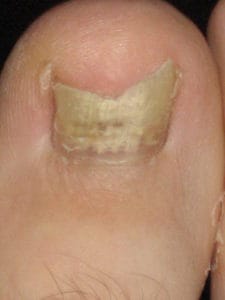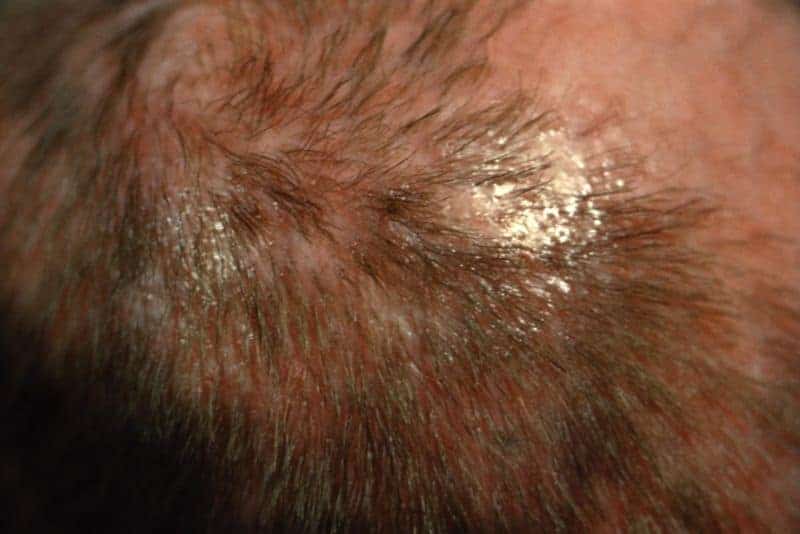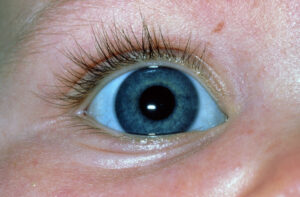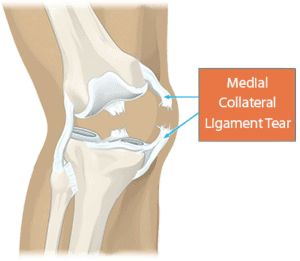Fungal skin infection overview
Fungal skin infection is a broad term. In medical terminology, if any skin infection occurs by a fungus is called ‘mycosis’. Fungus is a microorganism having a cell wall made of chitin.
Thousands of species of fungus are present in this world. Usually, they are found on household surfaces, plants, dirt, or even in the human skin. Some of them are life-threatening such as aspergillus, but most of them are harmless to humans.
Common symptoms of fungal skin infection
- Swelling
- Redness
- Itchiness
- Scaly skin
- Blisters
- Irritation
Types of fungal skin infection
Fungal infections can be divided into superficial and deep fungal infections.
Mostly fungus can affect your lung, skin, and nail. Some of them have the ability to penetrate your skin and damage your internal organs. These can cause a whole-body systemic infection.
The common variety of fungal skin infections are:
- Tinea corporis- it is also known as the ringworm of the trunk /body.
- Tinea pedis- it’s also known as athlete’s foot.
- Tinea cruris – it is also widely known as jock itch.
- Tinea capitis- is also known as a fungal infection of the scalp.
- Tinea versicolor- it is known as the yeast infection of the skin. They are also known as Pityriasis versicolor.
- Tinea unguium- it is a fungal infection of nails. Another name of it is onychomycosis.
Mode of trasmission
Fungal infections spread through direct contact, or by inhalation of a fungal spore present in the environment.
Risk factors of fungal skin infection
Many factors contribute to the development of skin infection. These are common risk factors for almost all types of fungal skin infections. some of them are given below –
- Moist and unclean skin
- Sharing personal items such as shoes, clothes, towels, or bedding.
- Unhealthy and unhygienic environment.
- Wearing very tight clothes.
- People who are heavy sweaters.
- Wet or warm environment.
- Close contact with people, animals having a fungal infection.
- A person having a very weak immune system, for example, HIV patients.
- People having diabetes or use long-term corticosteroids are also in a high-risk zone to develop a fungal infection.
Prevention of fungal skin infection
- Avoid using other people’s personal materials such as cloth, towel, socks, etc.
- Walking without sandals. Bare feet are more prone to get infected with any type of fungal infection.
- Maintain your hygiene.
- Try to keep your cloth clean and dry them after proper cleaning.
- Keep your pets clean.
- Avoid tight fitted dress, which can precipitate sweating as a result fungus will grow more in your skin.
- Use a clean and well-ventilated environment to stay.
- Warm wash your clothes.
Common fungal skin infections
Tinea pedis
In common man’s term, it is also known as athlete’s foot. This type of fungal infection can affect your feet.
Causes of tinea pedis
Various fungi are responsible for an athlete’s foot. But the most common organism responsible for this is the Trichophyton rubrum. This type of fungus lives in the dead tissue of toenails, hair, outer layer of feet. They like to grow in moist, warm places such as socks, shoes, public bathrooms, swimming pools. Summer is the ideal season to grow this kind of fungus. Besides people using public showers, wearing tightly fitting shoes, socks are the victim of this.

Different types of tinea pedis
- Moccasin
- Interdigital
- Vesicular
Signs and symptoms of tinea pedis
- Your skin appears red, dry sometimes flakey, and scaly.
- You may feel a burning or itching sensation in the feet.
- Skin becomes cracked and blister formation is also a common sign.
- Peeling of the skin or breaking down is seen in some of the patients.
Diagnosis of tinea pedis
Scraping some of the infected skin and microscopic examination helps to diagnose tinea pedis. But this procedure must be done by a registered doctor.
The treatment plan for tinea pedis
- Some doctors suggest the local use of antifungal cream.
- In some cases, doctors may suggest oral antifungal drugs.
- Keep your feet dry, clean and use proper shoes or sandals to avoid infection.
Prevention of athlete's foot
- Wear loose-fitting shoes.
- Use shower sandals in the common bathroom areas.
- Wash your feet with soap every day; make them dry after washing.
- You may use a better quality foot powder.
Tinea cruris
People call it by jock itch. This type of fungal infection affects people’s inner thigh region, buttocks, genital area. Their favorite place to grow is the moist and warm area of the human body. In the rainy season and summer, they like to grow more.
Mode of contact
- Close contact with other people can spread this.
- Using substances having fungus over them is also a good source of infection.
- Sign – symptoms of tinea cruris :
- A circular rash, red.
- Rash having raised temperature.
- Burning pain in the thigh or groin area.
- Itchiness in the affected area.
- Cracking of skin, flaking, or peeling in the thigh or groin area.
Diagnosis of tinea cruris
- By clinical examination of the skin.
- KOH examination to check whether it is a fungus or not.
- By taking a sample of the skin and microscopic examination of it to determine the fungus.
- Skin culture.
- Skin biopsy using PAS stain for the identification of yeast or fungus.
Treatment protocol of tinea cruris
- Using over-the-counter antifungal medications.
- In case of severe infection, your doctor may prescribe an antifungal cream.
- If a secondary bacterial infection occurs from the affected side, the doctor may prescribe you a short course of antibiotics.
- Maintaining personal hygiene is a must. Please ensure using clean undergarments, towels every day.
- Keep the area dry and clean it with water every day.
Tinea unguium
Tinea unguium is a very common infection that can affect your fingernails, nail beds, toenails. It is also known as onychomycosis.
Signs and symptoms of tinea unguium infection
- Initially, it starts as a light color small spot in the nail. Then slowly it changes the shape and color of nails; as soon as it spreads deeper.
- Thickening of the nail.
- Brittle nail present.
- Scaling present under the nail.
- Crumbling of the nail.
- Beneath the nail yellow or white color streaks present.
- Raising of the nail bed present.
- Infected nails spread some sort of odor.
Diagnosis of tinea unguium
Clipping of the affected nail is collected; then your doctor will examine it under the microscope to identify whether it is due to the fungus or not.
Risk factor for tinea unguium
- People having poor blood circulation have an increased risk of infection. Working in a warm environment or people who sweat heavily are also in this zone.
- As humid weather increases fungal growth.
- Walking in damp places, public shower rooms without having any kind of sandal also increases risk.
- Immunocompromised people or people using corticosteroids for a long duration are at a higher risk.
Treatment of tinea unguium
It usually takes a few weeks to treat fingernail infection. If your toenail is affected then it may take months to treat it.
- Over the counter antifungal is not as effective as it is for other fungus infections.
- Topical antifungal is used to treat this fungal.
- You may need to take an oral antibiotic along with it.
- Sometimes surgery is required to remove the infected nail.
- You may need chemical avulsion of the affected nail in some serious cases. A new nail will grow after taking several months.
- To avoid spreading to the nail bed, It will be good if you go to your doctor as soon as possible. This type of fungal infection is very hard to treat.

Prevention of tinea unguium infection
- Maintain personal hygiene.
- Frequent cleaning of hands.
- Avoid sharing personal products.
- Use shoes in public showers, pools, or locker rooms.
- Make sure you wipe off your gym equipment each time you use it.
Tinea capitis
It is a fungal skin infection that affects our scalp and surrounding shafts of hair. It is seen that mostly school-going children are the main sufferers.
Signs and symptoms of tinea capitis
- Presence of bald patches in the head.
- These patches often have a red, scaly appearance.
- The surrounding area has broken shafts of hair.
- Pain, tenderness present in the patch.
- Itching in the patches present.

The treatment plan for tinea capitis
- Most of the doctors suggest over-the-counter antifungal cream.
- Antifungal shampoo is also suggested to use in the hair.
- You may need to have a short course of antibiotics after talking with your consultant. it is seen that hair grows in the bald area again. So no need to worry.
Final words
Some fungal infection is painful, some may be uncomfortable. If you suspect have any fungal infection you have, you must consult with a doctor.



